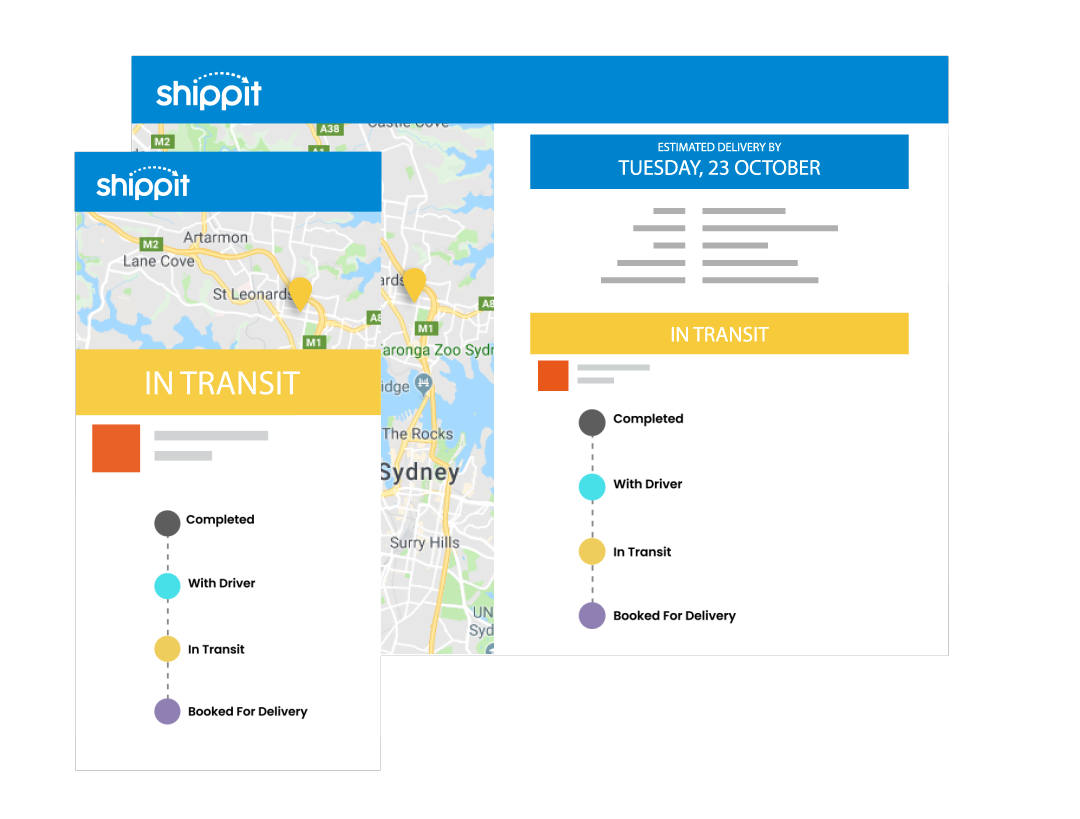There was once a time when, if someone said ‘customer personalisation’ you’d be forgiven for instantly thinking ‘email marketing’. Well, those days are long gone; personalisation in e-commerce is moving onwards and upwards fast and your customers (and even your prospective customers) expect a personalised experience at every, single touch point.
It’s not just about knowing your customer, it’s more about remembering them. Welcoming a returning customer back to your store – as opposed to simply welcoming them – will make them feel valued and appreciated.
The good news is, if you are moving with the times, the stats are in your favour; a very respectable 88% of respondents to this Everage survey saw a substantial and measurable improvement from their personalisation efforts, with 96% believing that personalisation helps advance customer relationships.
So, let’s talk tactics.
Personalisation falls mainly into one of three categories, which (we’d hope), you’re already investing resource into: sales, marketing and customer service. To nail it, you want to be using all three in perfect synergy to create an outstanding customer experience, which will, of course, lead to more sales.
Now, there are two methods to choose from when it comes to gathering the data needed to personalise:
- Segmenting your audience and targeting based on location, or demographics, or buying patterns
- Algorithms (or ‘machine learning’); using predictive analytics to recommend experiences for customers on a one-to-one level. Now that’s personal!
If the word ‘algorithm’ makes you shudder, you’re not alone and this is the less commonly used of the two methods, but it’s worth considering as, much with anything in life, the extra effort pays off long term. If you’re brave enough, this article goes into more of the finer detail you’ll need from the coding end to set up the data capture.
Once you’ve got your data, there are a number of different ways to make your customer’s experience magical. For argument’s sake let’s take a hypothetical customer, ‘Tony’, who’s paying a visit to your hypothetical online store “Golfing Galore”. Let’s take a look at how his customer experience might pan out, across a variety of touchpoints.
To set the scene; Tony’s passion is golf, every year in September him and his golf buddies partake in the inaugural ‘Caddy’s Cup’ – a heated round of golf, from which the winner takes home the coveted engraved, bronze trophy.
Here’s Tony’s journey:
Email marketing – Your algorithms have noticed a pattern; every year at the end of August, Tony makes some purchases from your site. Therefore, you send him an email a couple of weeks prior, reminding him of your excellent products, and leading with those he has previously bought
Personalising your homepage – For the past three months in a row, Tony has purchased some new tees. Using your analytics you can make sure that, when Tony lands on your site this month, the sales funnel is set up so he has no trouble locating his favourite tees
Recommendations on your website – Knowing that Tony is partial to new golfing socks, you recommend he purchases the lovely, cotton socks you’ve got on sale, as he gets to check out.
Product pages – Tony seems to be lingering around the golf balls product page, which indicates he might be contemplating a purchase, therefore a pop-up recommends he add them to his cart.
Call to actions – Tony considers himself a loyal customer and subscribed to Golfing Galore’s newsletter long ago, so he’d be left feeling a little dejected if he were asked to subscribe again. Instead, the CTAs are targeted to Tony, asking him, as a valued customer, if he’d like to leave a review on his products with Golfing Galore
Shopping cart abandonment – Tony’s cart hasn’t made it through check-out and because you know Tony’s buying patterns, this is unusual. Therefore, you reach out to Tony, asking if there’s anything you can do to help him. Or provide a personalised incentive (something like ‘20% of golf tees for 3 days only’) to encourage him to go through with his transaction.
Of course, these are not the only personalisation options, there are others such as pricing and website navigation, which can be tailored to individual customers, it’s really about what’s best for your business.
When you think of it like this: personalisation is gathering all the information you possibly can on your customer and using it to create the best possible experience for them – you can’t go far wrong.
But keep in mind that whether your customer is in-store or online, pushy sales tactics never go down well. Treat your customer like the individual they are, really get to know them, make sure you remember them, keep their experience front of mind at all times…but just try to not invade their personal space.

Shippit.com is the shipping engine for modern retail. Learn more about our how our software can save you time, money and keep your customers happy.
